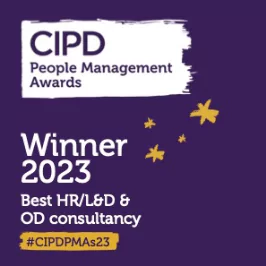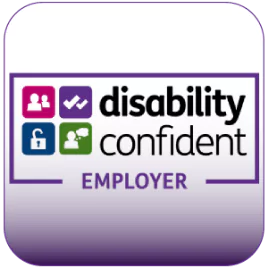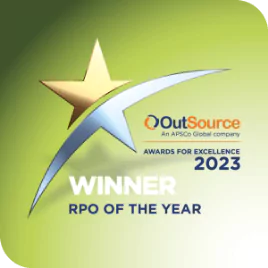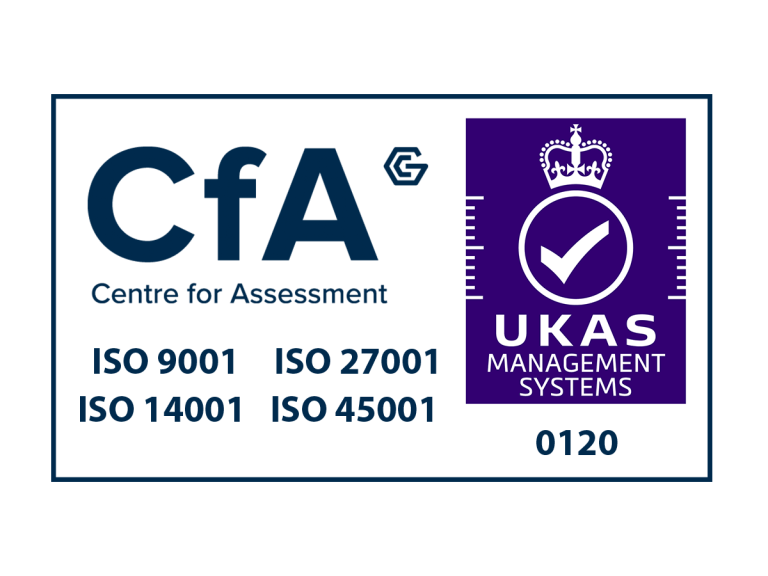In October, ONS reported that the number of job vacancies from July to September 2021 had exceeded 1.1million an all-time high and the second consecutive month the three-month average has risen over one million.
Data from the CIPD Resourcing and Talent Planning Survey 2021, produced in partnership with Omni, revealed that 45% of organisations reported that competition for qualified talent has increased over the past year.
It confirms that the ability to recruit in an exceptionally competitive talent market is a priority across all organisations right now. Despite presenting as a talent attraction or sourcing issue, the problem can, at least in part, be addressed by considering the assessment and selection process. Organisations that develop this area of talent acquisition are not only more likely to secure the right skills but will ensure objective processes are more inclusive to diverse talent pools too.
Here, we look at how organisations can bolster their assessment and selection process and the benefits it can bring.
1. Use job analysis to remove blockers
In the CIPD report, only one-quarter of respondents said they determined their selection criteria and approach in advance to ensure its directly related to performance on the job. It means that three quarters risk creating barriers to potentially well-suited candidates.
Although 23% said they remove certain criteria, such as first-class degrees, most organisations would benefit from a more robust and structured approach to identify what really needs to be considered in their assessment and selection process.
By eliminating assessment criteria that are not predictive of performance in a role, an organisation can identify and progress talent that they may have previously dismissed. Furthermore, by only focusing on truly relevant criteria, employers are likely to attract a more diverse pool of candidates. For this to work, job descriptions should be critically reviewed to ensure they are genuinely reflective of the current role, with analysis carried out to gather objective evidence that identifies criteria that predicts performance. Once undertaken, the assessment can then be built around these criteria alone.
2. Engage and empower stakeholders to take an inclusive approach
During a talent shortage, rather than inclusivity being perceived by hiring managers or organisational leaders as a nice-to-have initiative, it becomes the answer to the problem. A more inclusive approach to resourcing increases the potential pool of candidates available for any role.
Evidence gathered in the job analysis process can help engage stakeholders and educate them on the operational and strategic benefits of taking a more inclusive approach. During times of shortage and increased competition for talent, it’s easier to demonstrate the impact a lack of inclusivity can have on meeting their objectives.
At a more tactical level, the CIPD report tells us just 30% provide training for all interviewers on legal obligations and objective interview practice, which suggests that the vast majority of interviews are not equipped to make objective decisions. Therefore, everyone involved in hiring must have the tools, processes and training needed to empower them to make more inclusive hiring decisions.
3. Define a structured assessment that’s robust, efficient and decisive
Once criteria truly predictive of success are identified, an assessment process that objectively measures these attributes is required for effective selection. These defined attributes should form the foundation of a structured assessment process that effectively measures the criteria efficiently and decisively.
Taking a considered, structured approach deployed by trained assessors means every engagement with a candidate will be meaningful and provide the decisive evidence to inform the selection decision. It also allows processes to be designed with efficiency at their core without compromising on the robustness of the assessment.
Although redefining assessment processes can be daunting, it’s a worthwhile exercise as improvements can be defined and implemented quickly, and the benefits are often considerable and immediate. It’s an area where external support can be invaluable. Working with a trusted assessment partner to diagnose, design and implement the changes will allow you to maintain momentum on key priorities whilst improvements are rolled out.
4. Create processes relevant to different talent pools
The CIPD report states that half of organisations offer apprenticeships, and two-thirds provide graduate programmes. The talent shortage also appears to have encouraged some companies to increase their use of career returner (27%, up from 19% in 2020) and mid-career change (21%, up from 16%) programmes.
For such initiatives to be effective, the assessment and selection process should differ from what is needed for experienced hires. Inexperienced candidates won’t be able to demonstrate the level of in-role competence or knowledge compared to someone who has done a similar role previously. Therefore, the assessment must seek to identify potential. Also, candidates are less likely to fully understand the full extent of the position, so the process should provide a preview that helps them decide if it’s right for them.
Employing well-designed simulation exercises that provide a job preview can be invaluable. Such activities allow assessors to understand how the candidate might approach a job-related situation and identify if they can demonstrate different behavioural competencies in a situationally appropriate way. Simultaneously, it enables the candidate to get a feel for the role and increases their understanding of what will be required of them.
5. Ensure an excellent candidate experience
Delivering an excellent candidate experience that differentiates your role and organisation from others is vital in talent short markets.
It’s likely that you’re not the only company candidates are engaging with, and in-demand talent tends to attract offers from competing organisations. The experience a candidate has throughout the assessment process, which is largely defined by the types of assessment used and how they are delivered, will be fundamental in deciding which organisation they join.
Ensure overall assessment processes are aligned with your broader employee brand and company culture. A well-designed process will engage a candidate, effectively present the company values and key value proposition and provide an insight into the culture in a way that a job advert or careers website cannot.
6. Remote assessments for remote roles
The CIPD data shows that 49% of employers advertise their jobs as open to location at least sometimes. Providing flexibility in the format of remote or hybrid working will open up new talent pools as potential candidates don’t need to live a commutable distance from where they work.
From an assessment perspective, there are two implications. Firstly, are the attributes you need from a candidate working from home the same as someone onsite? For example, the ability to self-direct, independently solve problems, network remotely and seek out support when needed may be more important for remote workers. Therefore, this needs to be reflected in the assessment criteria. Secondly, if the candidate is a long way from the site, it’s sensible for at least some of the assessment process to be conducted remotely.
You can also download your copy of the CIPD Resourcing and Talent Planning Survey here.









